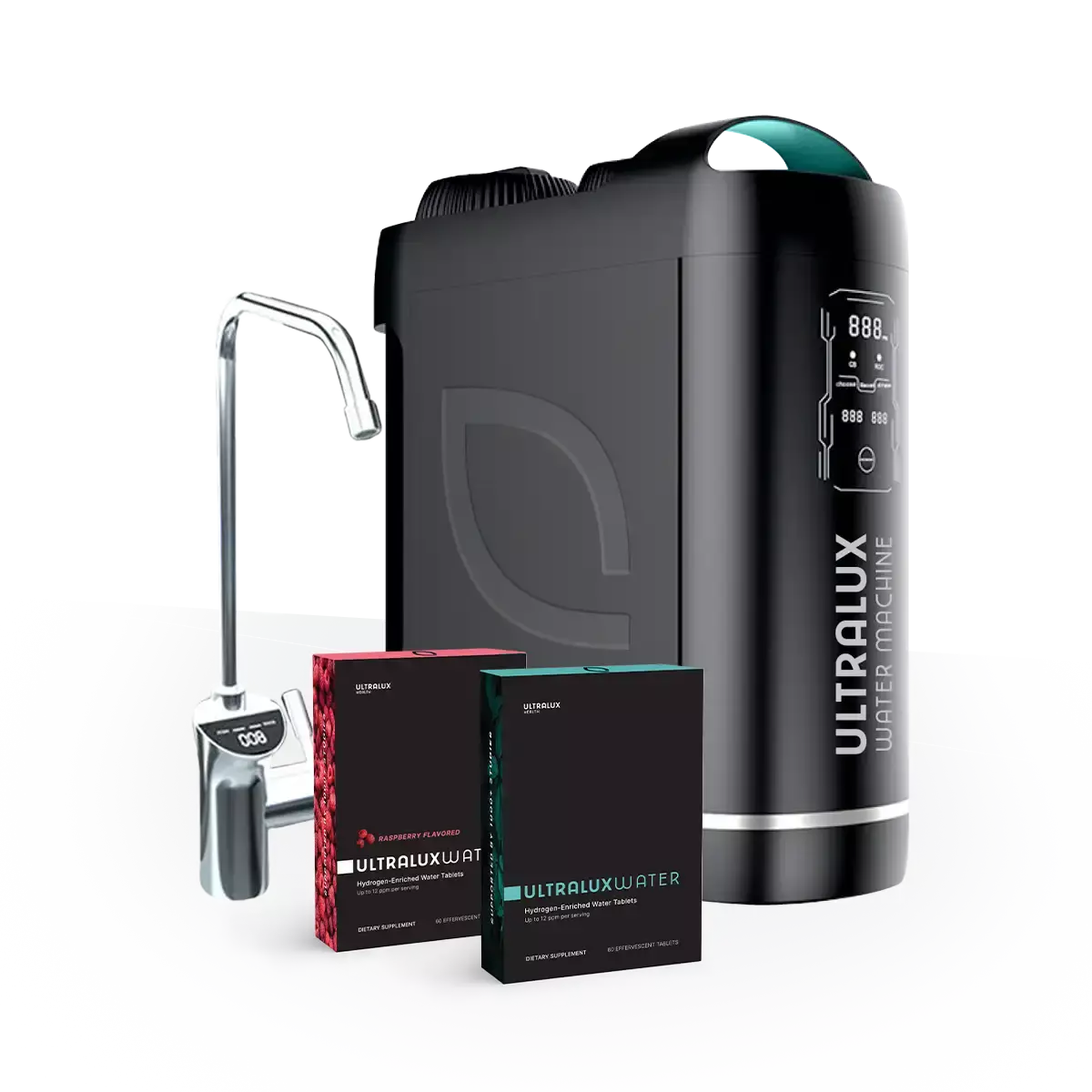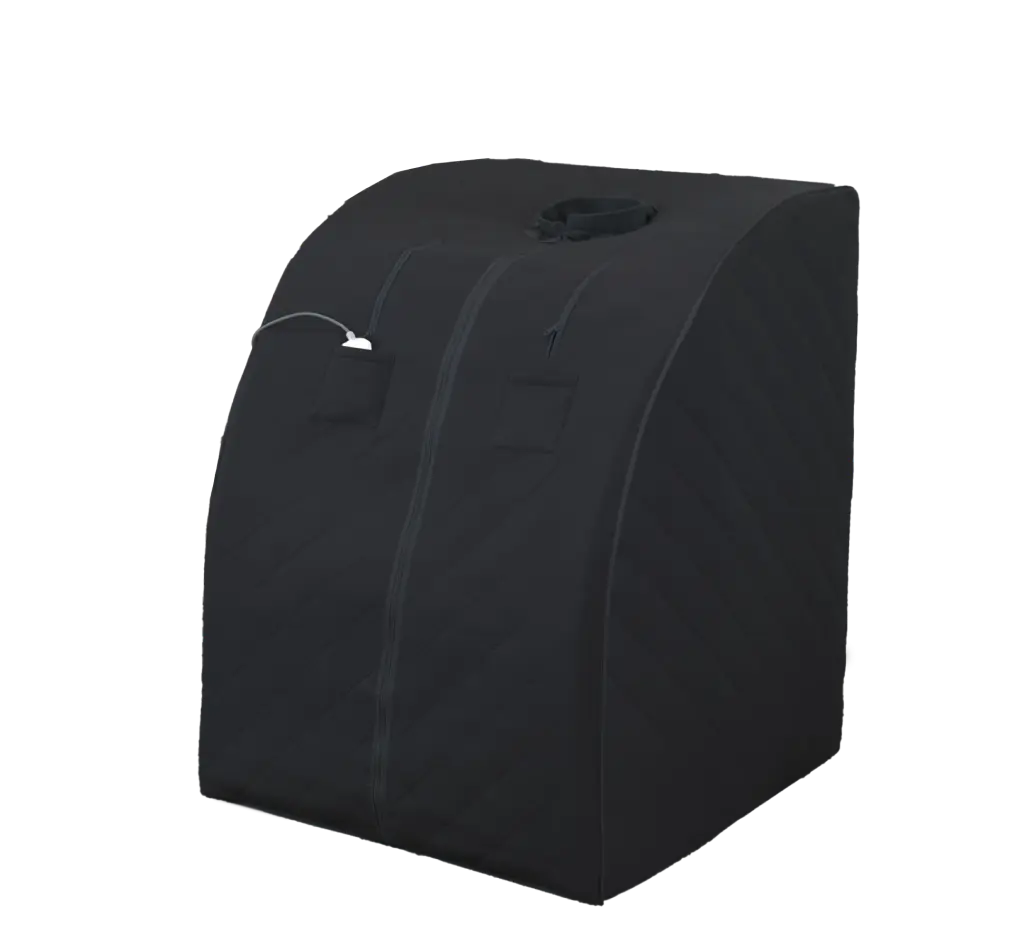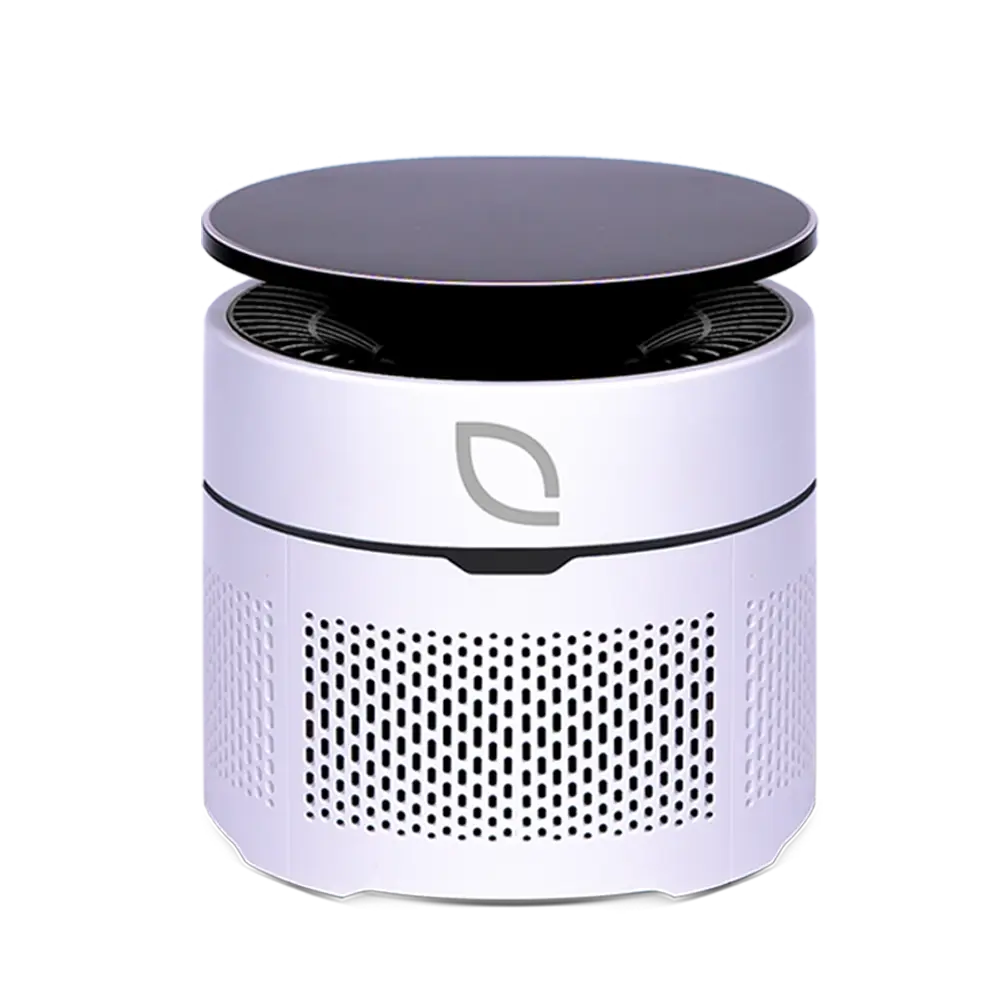Why It's Time to Replace Your Cleaners...
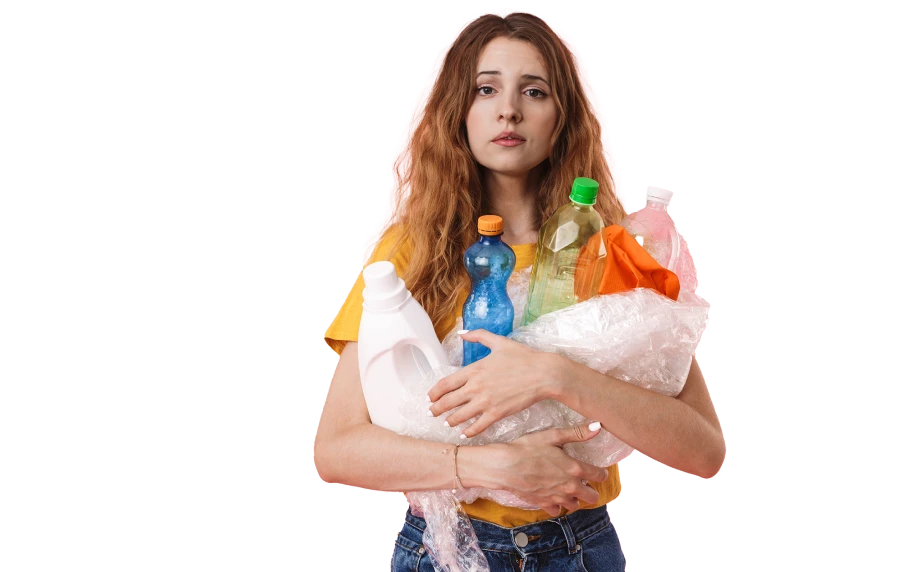
A Silent Invasion Going Unnoticed
In our earnest efforts to create safe spaces within our homes, we meticulously install smoke detectors, carbon monoxide alarms, and security systems to safeguard our spaces. However, amidst these visible precautions, there exists a silent invasion that often goes unnoticed—the infiltration of harmful toxins and pollutants, in the form of VOCs. The VOCs (volatile organic compounds) can be released through paint, furniture off-gassing, aerosol sprays, glue, and even certain rugs and carpets. Yet the biggest offender are the chemical cleaners that fill our cupboards. The same cleaners that protect us from bacteria and germs are double agents in this unseen invasion on your home.
Our efforts in maintaining cleanliness and hygiene through sanitizing, disinfecting, and simple cleaning can introduce volatile organic compounds (VOCs) into our living spaces. Unseen and often underestimated, these airborne pollutants from household cleaners can compromise your health and indoor air quality, silently damaging the very spaces we strive so hard to protect.
Multiple studies conducted in France and the United States have demonstrated how exposure to VOCs can lead to a range of health problems such as major respiratory risks.

Eye, Nose, and Throat Irritation
A random study in Malaysia observed 8 junior high students under VOC air sampling to examine them during exposure. The findings showed that the students demonstrated symptoms of eye and throat irritation.

Headaches
According to the Environmental Protection Agency (EPA), VOCs are a proven trigger for headaches. They are believed to cause headaches by inflaming the sinuses and by causing damage to the brain and neurological system.

Dizziness
The New Jersey Department of Health indicates that high exposure to VOCs may reduce the body's ability to have blood transport oxygen, causing fatigue, headache, dizziness, and blue color to lips and skin.

Nausea and Fatigue
Researchers in Japan found that most VOCs observed in buildings are known to cause clinical symptoms such as headaches, nausea, respiratory irritation and fatigue.
These health issues may not be considered life-threatening, however, there may be more issues to be concerned about
Some major health concerns caused by exposure to VOCs
(Volatile Organic Compounds)
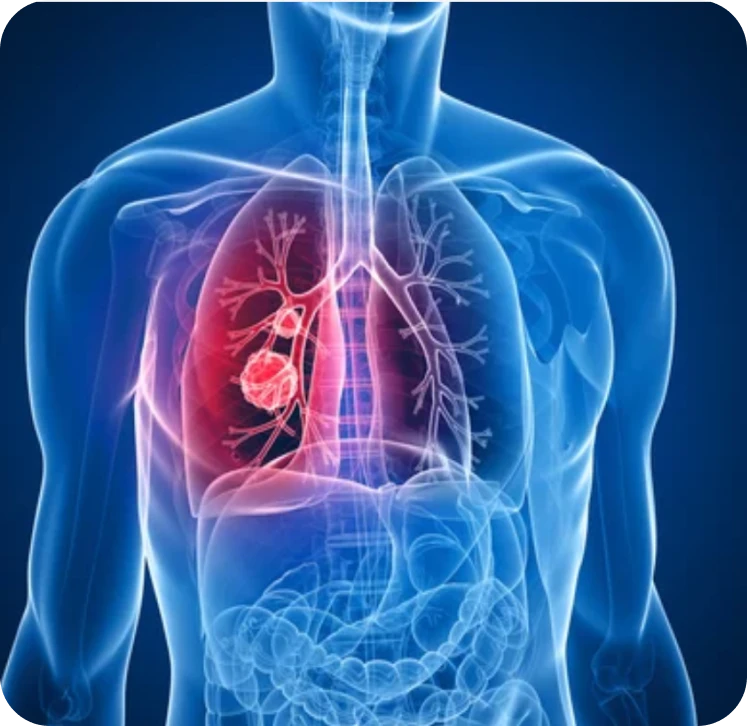
Asthma, Lung Damage, and Pulmonary Diseases
In an extensive literature review, academic editors research 49 studies related to VOCs and pulmonary diseases, with 23 studies supporting the correlation between VOCs and asthma. The results of the studies showed that indoor VOC exposure is a moderate risk factor for onset pulmonary diseases, such as asthma, lung infection/cancer, and chronic obstructive pulmonary disease (COPD). [4]
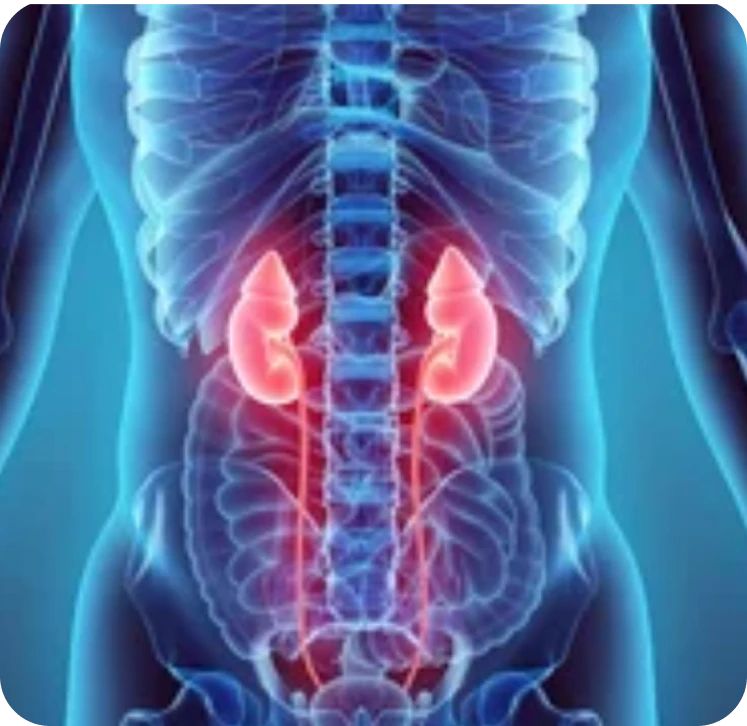
Kidney Dysfunction
A cross-sectional study investigated the association between exposure to VOCs and kidney dysfunction among transistor liquid crystal display (TFT-LCD) workers. The 63 workers studied had a risk of kidney dysfunction 3.21-fold and 3.84-fold that of 61 cell workers and 18 module workers. The findings indicate that VOCs put people at risk for kidney dysfunction.
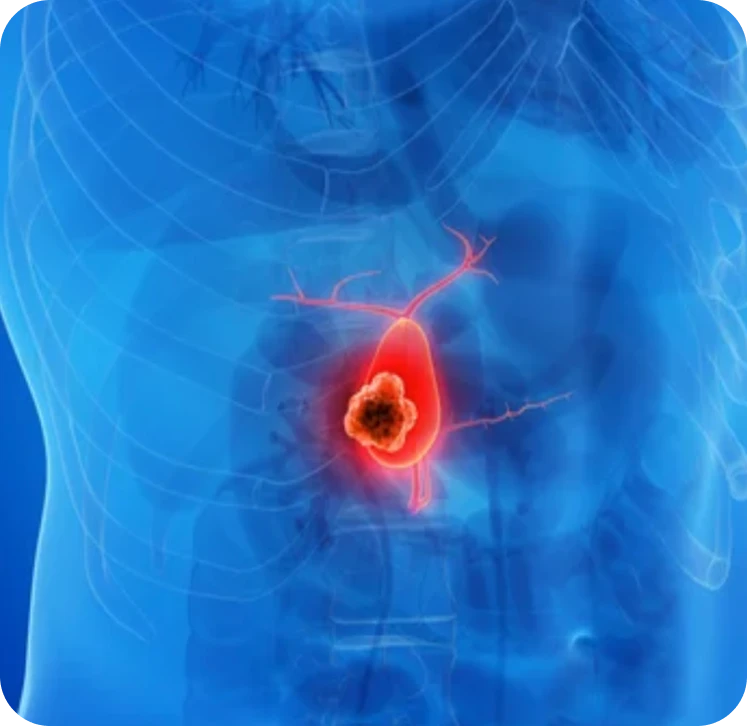
Cancer Risk
Researchers set out to find an updated picture of cancer-related VOCs based on findings in a cancer odor database. They found biochemical pathways associated with the cancer initiation and progression that can be translated into VOC profile. So analysis of VOCs in breath or body fluids has the potential to achieve cancer detection at very early stages. [7]

Nervous System Issues
The Minnesota Pollution Control Agency found that exposure to VOC vapors can cause health effects to your body's central nervous system.
Conventional Cleaners Are The Problem...
Despite our best intentions, the very cleaning products we rely on to protect us against germs and bacteria are the ones leading the charge on our health. Seventy-five percent of the highest volatile organic compound (VOC) emissions come from conventional cleaning products. The widely accepted cleaning products we know and use are made of synthetic chemicals or petroleum-based ingredients that are toxic to your home and release these VOCs.

Unfortunately, companies like Clorox, Mrs.Meyers, and Lysol are not required to disclose each harmful ingredient contained in their disinfectants, so you may not be aware of the VOCs you're bringing into your home.
Bleach is one of the many chemicals found in conventional disinfectants that utilizes its strong oxidizing properties to kill bacteria but also damage your surfaces, corrode materials, and releases harmful VOCs.
Nobody wants to intentionally spread harmful VOCs in their spaces. But that is why it's important to choose a disinfectant that not only fights off dirt and grime, but also harmful health risks. Bleach, Lysol, and so many other cleaners may be easy to use, cheap, and effective, but can also cause severe damage. Some studies show how the conventional cleaners we use are actually causing more harm to our home than we realize.
Nobody wants to intentionally spread harmful VOCs in their spaces. But that is why it's important to choose a disinfectant that not only fights off dirt and grime, but also harmful health risks. Bleach, Lysol, and so many other cleaners may be easy to use, cheap, and effective, but can also cause severe damage. Some studies show how the conventional cleaners we use are actually causing more harm to our home than we realize.
The Facts...
A cross-sectional study found that passive exposure to cleaning bleach in the home the risk of respiratory and other infections in school-age children. [3]
Lysol, a well-known disinfectant brand, has been rated an F on an A-F scale by the Environmental Working Group (EWG) — a non-profit dedicated to protecting human health and the environment through research. The EWG states that Lysol is “corrosive; may contain ingredients with potential for developmental/endocrine/reproductive effects; acute aquatic toxicity; respiratory effects.”[4]
Bleach has been linked to reduce airway function, cause irritation, and sensitization in young adults. [4]
A hazard index approach was used to assess relative risk from measured VOC emissions. The five cleaning products with the highest hazard indices were conventional cleaning products with emissions of 2-butoxyethanol, isopropanol, toluene and chloroform. [5]
Are "Green" Cleaners the Answer?

Knowing these risks, you may retire your bleach, and look to organic and “green” cleaners to be your solution, such as Mrs. Meyer's and similar products. But these disinfectants have also been shown to distribute dangerous VOCs throughout your home. Researchers have found that the main issue with “green” products is that there is no official standard for what is considered “green”. In addition, some companies may claim to be green and eco-friendly to increases their profits.
The Facts...
Researchers looked into the VOC emissions in 28 cleaning products, and 15 different self proclaimed “green” products accounted for 27% of volatile organic compound emissions released into the air. [5]
A product can be considered “organic” if it is made with at least 95% organic agricultural ingredients and has a USDA-organic certification. However, Mrs. Meyer's cleaning products contain more than 5% of unnatural ingredients such as preservatives and surfactants, which makes the products not organic certified. [6]
The Organic Consumer's Association's conducted a review of natural and organic household cleaning products. Some natural cleaners still contain petroleum distillates such as benzene, or 1,4 dioxane, both of which can be carcinogenic. From the review, the only products that consistently tested negative for 1,4 dioxane were those carrying the USDA Certified Organic seal. [7]
Although there is good intention behind these “green” and eco-friendly disinfectants, the damage is similar to those of conventional cleaners.
The Dilemma of Disinfectants...
The search for an effective, yet safe and protective cleaner can seem like a battle in choosing the lesser of two evils. The first option being conventional cleaners that release harmful VOCs in your space, you and your family are at risk for respiratory irritation, lung damage, kidney dysfunction, and more. The other option is to choose “green” cleaners, which release less contaminants than conventional cleaners but still account for 27% of VOC release, and provide less cleaning power.
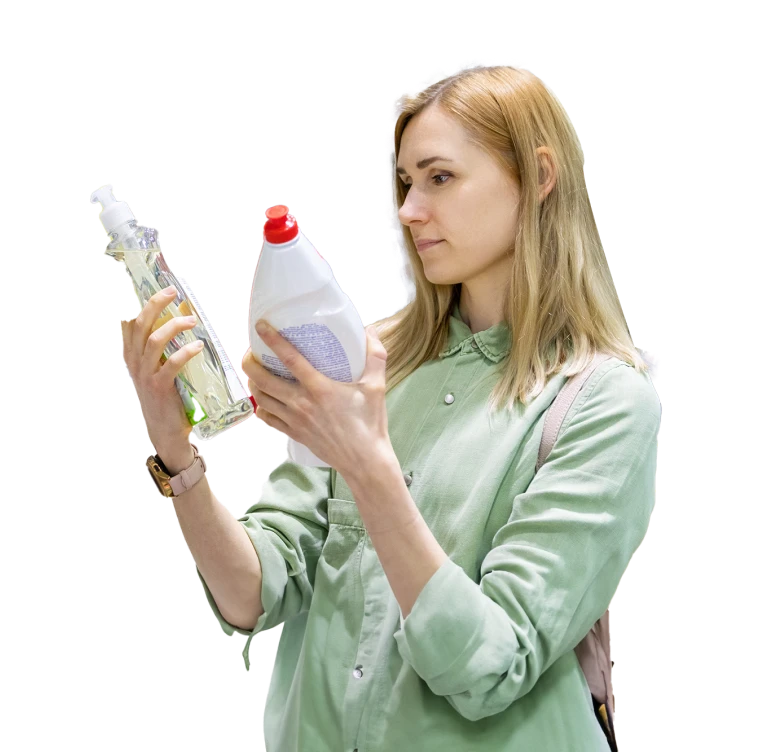
Weighing those options, there may be a need to move onto a less risky and safer solution. One choice could be to go completely touchless and utilize an air purifier to remove the VOCs and dust in your home. While air purifiers are great at cleaning the air, they cannot remove the grime, dirt, and bacteria that has settled on your kitchen counters, tables, and furniture.
Knowing all of this you might wonder if a powerful VOC-free cleaner even exists! 



What is the best, VOC-free cleaner?
Within researching the effectiveness of bleach, and the safety of water and non-toxic chemicals, researchers have discovered hypochlorous acid (HOCl) to be the safest and most effective cleaning solution. Through a cycle of electrolysis, which uses an electric current to drive a non-spontaneous chemical reaction, hypochlorous acid forms.

Hypochlorous Acid (HOCl) a weak acid that is effective in penetrating pathogen cell walls and killing bacteria. Despite its powerful disinfectant capabilities, it is non-toxic to human cells. So it is safe, effective, and odorless.
What is Hypochlorous Acid, and is it a Proven Solution?
It is a trusted solution to destroy the cell wall of microbes or viruses. Naturally produced within white blood cells, it eradicates bacteria and grime with its mildly acidic nature, ensuring cleanliness on any surface. The reliable properties of hypochlorous acid makes it a preferred choice in various applications, from healthcare settings to household cleaning. Currently, the US Environmental Protection Agency has recommended hypochlorous acid to be a quality disinfectant to fight against COVID-19.[7]
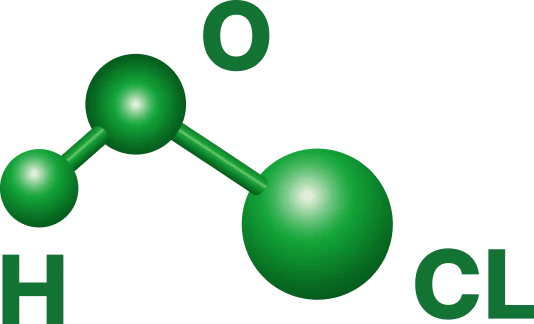
With the proper available concentration, hypochlorous acid is 80 times stronger than bleach, and that much safer.
It truly is a friendly alternative to widely accepted harsh chemical cleaners and bleach.
Hypochlorous acid (HOCl) is central oxygen connected to chlorine and hydrogen atoms by single bonds. It distinguishes itself by not off-gassing volatile organic compounds (VOCs) into the air. When cleaning and disinfecting, hypochlorous acid not only avoids releasing harmful airborne pollutants but also serves as a successful disinfectant and antimicrobial agent, actively combatting unpleasant odors for a healthier indoor environment.
With a Hypochlorous Acid Cleaner You Can
- Effectively fight dirt, grime, and stains
- Reduce threatening VOC exposure
- Safely sanitize your kids' toys and home
- Experience a clean space without harmful chemicals
- Deodorize your home from unpleasant smells
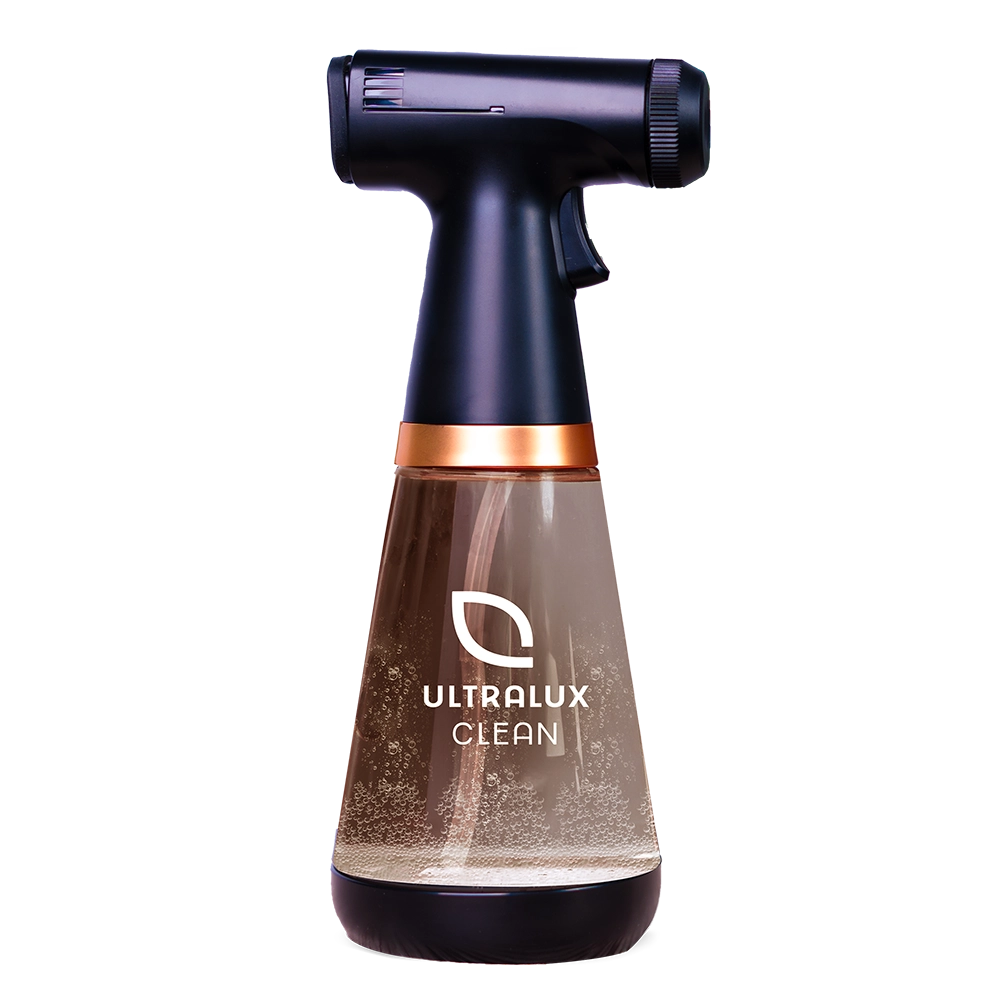
Does Research Support Hypochlorous Acid?
As a non-toxic and effective disinfectant, many researchers have tested and examined the effects of hypochlorous acid and how it compares to other cleaners.
The Facts...
In a study by the Chung Shan Medical University, hypochlorous acid (HOCl) was found to be effective for cleaning biofilm-contaminated surfaces and has the potential to be a high quality antiseptic. The results suggest that the concentration of HOCl (0.018%) was lower than those for NaOCl (1.3%) and CHX (0.2%) but still showed efficacy against the four bacterial species. Notably, HOCl was superior to the other antiseptics.[8]
At the University of Baghdad, they tested the efficacy hypochlorous acid had on different impression materials with levels of roughness and wettability. Within the limits of this study, 200 ppm HOCl showed promise as an efficient disinfectant that would not adversely affect the wettability and roughness of the impression material.[9]
In a study testing hypochlorous acid against food-borne pathogens, the solution was generated at a pH of 5.40 ± 0.05 indicating that the concentrations of molecular chlorine and trichloride ions are negligible, demonstrating that the disinfecting property of the solution is a result of the presence of the HOCl. With a lower pH, the HOCI utilizes its germ-killing properties to safely and effectively disinfect. This means the main source fighting the food-borne pathogens was the hypochlorous acid.[10]
What This Means
For You...
Non-Toxic Cleaning
Hypochlorous acid is naturally produced by the human body within white blood cells to fight off infections. This natural origin means it is not harmful to humans, children, pets, and plants.
Effective Disinfection
With a low and balanced pH, hypochorous acid is successful in cleaning any mess. Research suggests that 200 ppm hypochlorous is enough to inactivate the majority of viruses within a range of 0.5-5 minutes. [11]
Odor Elimination
Hypochlorous acid solution does not release noxious or harmful fumes which supports a healthy respiratory system. Additionally, many unpleasant odors are caused by the presence of bacteria that break down organic matter, releasing foul-smelling compounds. HOCl is a powerful antimicrobial agent that can kill these odor-producing microorganisms, preventing further decomposition and the release of foul smells.
Reduced Cross-Contamination
By using hypochlorous acid to disinfect surfaces, you reduce the overall pathogen load in your home. This lowers the chances of pathogens being transferred from one surface to another or from surfaces to people, reducing illnesses.
The Range of Hypochlorous Acid Applications
You may have pets to care for or stubborn mold to remove, and hypochlorous acid is the solution. The wide range of applications for this disinfectant are due to it's pure and non-toxic nature. Not only can it clean any mess safely, but also effectively.
With a quality Hypochlorous Acid Solution You Can Clean

Kitchen & Bathroom Countertops
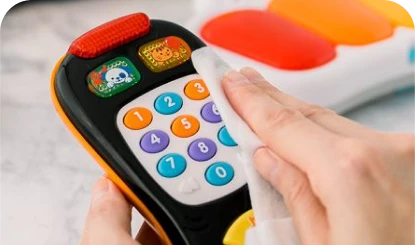
Baby Pacifiers & Toys
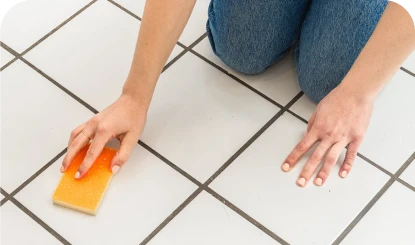
Floors & Walls
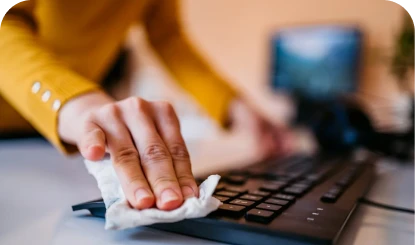
Furniture & Electronics
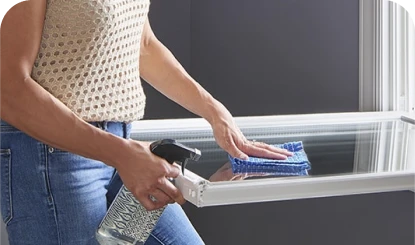
Outdoor Surfaces
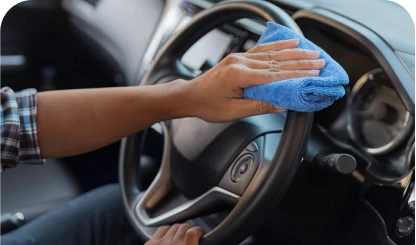
Car Interiors
From hospital rooms to your bathroom, hypochlorous acid can clean any mess. Its eco-friendly profile is increasingly utilized for environmental disinfection, water treatment, and even as an air purifier. Hypochlorous acid has antimicrobial properties that make it invaluable in healthcare settings for wound care, as well as for sanitizing medical equipment and surfaces. In the household, it serves as a strong cleaning agent, eliminating bacteria, viruses, and odors. This broad spectrum of applications emphasizes the significance of hypochlorous acid solution in maintaining cleanliness, safety, and health in a variety of settings.
The Downsides of Hypochlorous Acid
With so many great qualities surrounding the use of hypochlorous acid (HOCl), there may be downsides to consider. Hypochlorous acid is primarily sold as a commercial product in large 5 gallon jugs to hospitals and restaurants for sanitation. The issue surrounding this is that hypochlorous acid has a short shelf life, between 14-30 days, which is more solution than the average person needs to use in 30 days. With that much waste, it will quickly get pricey when having to continually buy hypochlorous acid solution jugs.
Making hypochlorous acid at home might be a solution for some, however it does require an electrolysis process. This can be done through a powerful electrolysis chamber, or plate, to create the hypochlorous acid solution. Unfortunately, most people don't have an electrolysis plate lying around. So the best option would be to have an at-home hypochlorous acid generator.

We developed the UltraLux Clean so you can have the power, and safety, of hypochlorous acid whenever you need.
Medical-Grade Hypochlorous Acid
Replaces Conventional Cleaners
Family Safe Natural Cleaning Agent
The Clean allows you to utilize water, 1 scoop of our included cleaning powder, and an electrolysis plate to conduct a short 5 minute electrolysis cycle for making your own hypochlorous acid at home. This provides VOC-free cleaning whenever you need it, as well as cost-effective disinfecting with a minimal cost of $0.000015 per use
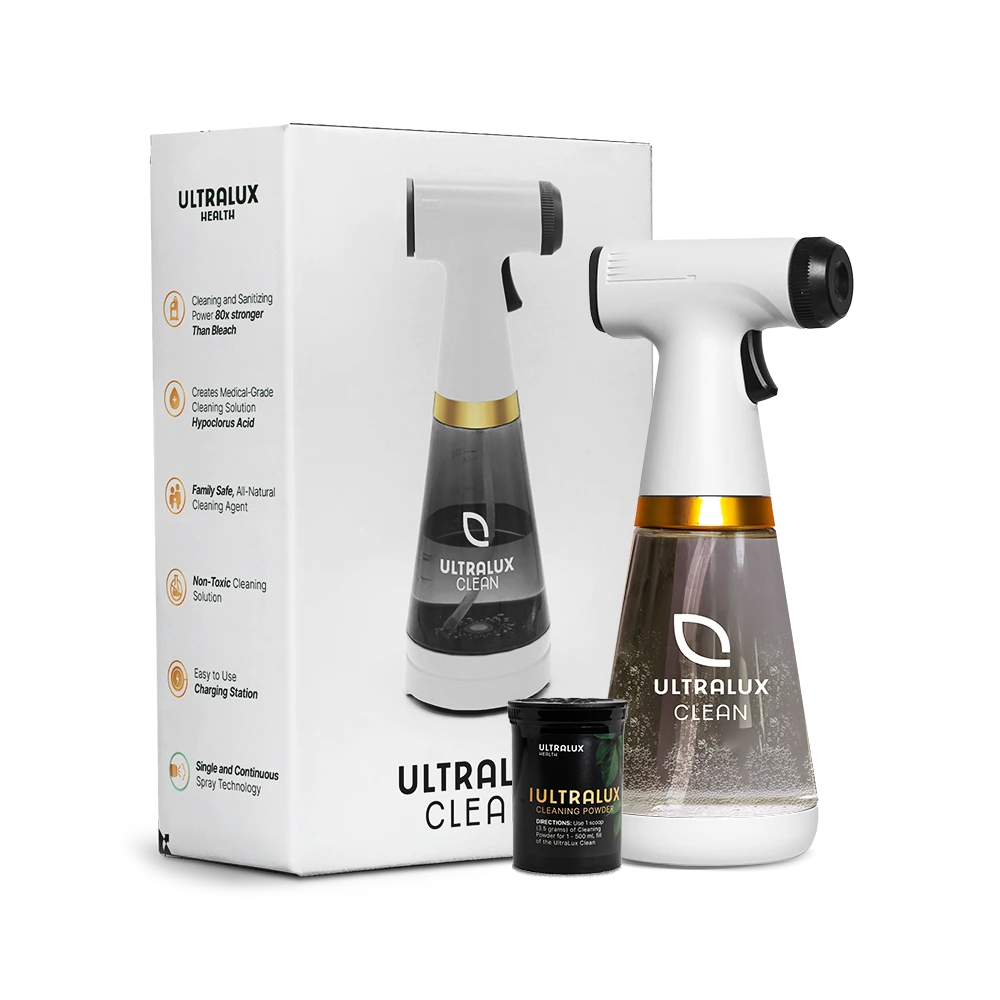

It's time to elevate your cleaning, reduce the spread of harmful toxins, and maintain the safety of your loved ones and your home.

